The previous answer re the cache-manifest feature is incorrect. If you read the spec at http://www.w3.org/TR/html5/offline.html, under "5.7.3 The cache manifest syntax" you'll see that the NETWORK section of the manifest file actually lists resources that should NOT be cached:
# here is a file for the online whitelist -- it isn't cached, and
# references to this file will bypass the cache, always hitting the
# network (or trying to, if the user is offline).
NETWORK:
comm.cgi
The previous poster's example is actually saying:
1) cache the following files:
/map/mobile/examples/template.aspx
/map/mobile/examples/template.css
/map/mobile/examples/template.js
2) fetch the following from the network:
http://maps.gstatic.com/
http://maps.google.com/
http://maps.googleapis.com/
http://mt0.googleapis.com/
http://mt1.googleapis.com/
http://mt2.googleapis.com/
http://mt3.googleapis.com/
http://khm0.googleapis.com/
http://khm1.googleapis.com/
http://cbk0.googleapis.com/
http://cbk1.googleapis.com/
http://www.google-analytics.com/
http://gg.google.com/
